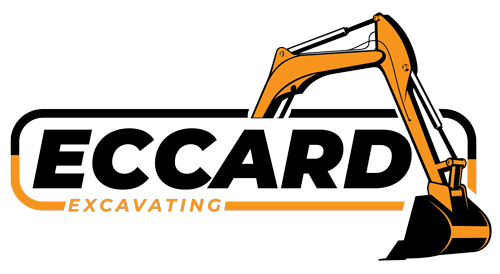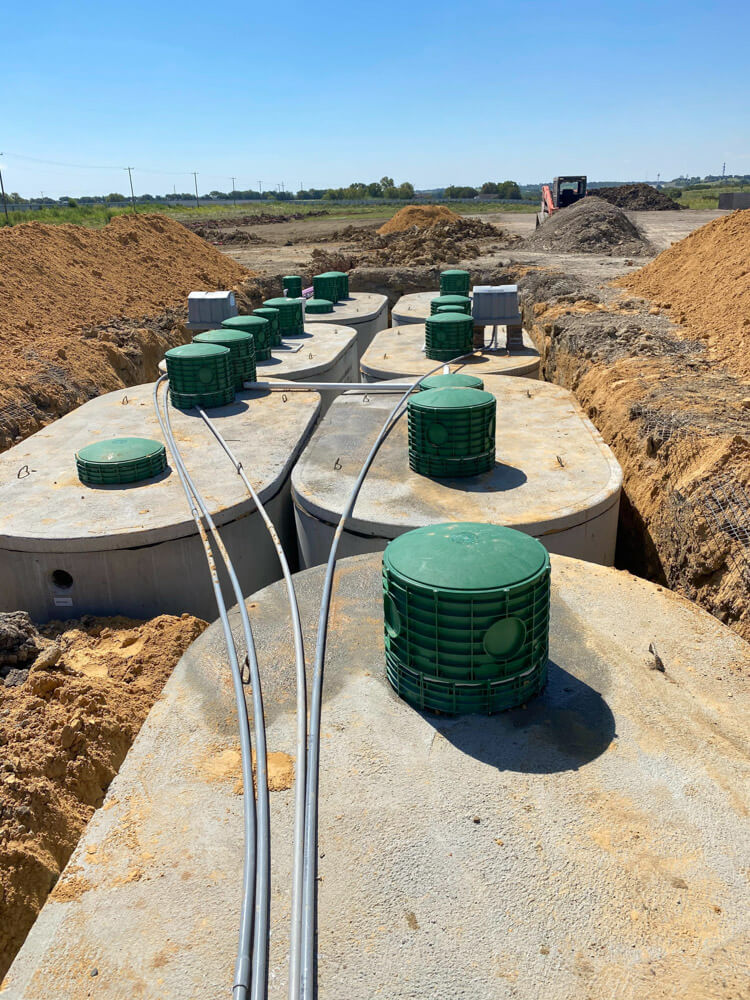Dependable Septic Installations Lancaster OH: Your Relied On Companion
Trusted Septic Installments for Residential Properties
When it comes to the vital infrastructure of property properties, trustworthy septic installations play an essential function in ensuring effective waste monitoring systems. Understanding the ins and outs of septic installations, from choosing the ideal system to the installation procedure and succeeding maintenance, is vital for home owners seeking a trustworthy and long lasting remedy for their home's sewer demands.

Benefits of Trusted Septic Installations
Installing a reputable septic tank not just makes sure reliable wastewater management but also promotes environmental sustainability and residential property worth retention. By buying a well-designed septic system, property owners can substantially minimize the danger of groundwater contamination and surface area water air pollution. Effectively dealt with wastewater from septic tanks can aid shield neighborhood water resources and ecological communities, adding to a much healthier setting for both existing homeowners and future generations.

In addition, a trustworthy septic system can enhance the overall property worth. Potential purchasers are often going to pay even more for a home with a properly maintained septic system in position, as it represents a commitment to residential property maintenance and environmental responsibility. This can offer homeowners an one-upmanship in the realty market and make certain a far better return on investment in the long run.
Picking the Right Septic System
After recognizing the benefits of dependable septic installments, the following critical step for homeowners is to carefully choose the suitable septic tank that lines up with their residential or commercial property's particular needs and environmental considerations. When selecting a septic system, it is vital to think about elements such as residential property size, soil kind, water level degree, and neighborhood regulations.
For smaller sized residential or commercial properties or those with restricted area, a standard septic tank might appropriate. These systems include a sewage-disposal tank and a drainpipe field and are effective for properties with sufficient dirt permeability. On the other hand, bigger residential or commercial properties or locations with high water tables may require advanced systems like aerobic therapy devices or pile systems to guarantee correct wastewater therapy.

It is also important to assess the maintenance requirements and lasting expenses connected with different septic tanks. Home owners ought to think about aspects such as pumping frequency, assessment requirements, and prospective fixings when making their choice. By meticulously reviewing these considerations, house owners can pick a septic tank that not only meets their building's requirements however also advertises ecological sustainability.
Factors to Think About Prior To Setup
Before continuing with the installation of a septic system, detailed website examination and soil testing are crucial actions to make sure optimal performance and long life of the system. Website analysis involves evaluating elements such as the home's topography, closeness to water sources, and the size of the property to figure out one of the most appropriate area for the septic system. Dirt screening is important to recognize the soil composition and its capacity to properly treat and filter wastewater. site The dirt's permeability, structure, and deepness play a significant function in determining the kind and size of the septic tank needed. Furthermore, regional guidelines and permits must be thought about before installment to make sure conformity with ecological and wellness criteria (sewer line repair lancaster oh). Assessing the home's water table level is additionally vital, as a high water table can impact the system's efficiency. By thoroughly taking into consideration these aspects prior to installment, house owners can make certain a trusted and effective septic tank tailored to their home's details needs.

The Installment Process Described
To start the setup procedure of a septic system for a residential building, the very first step involves careful excavation of the marked location adhering to the approved website strategy. After the installation is total, a final evaluation is carried out to ensure that the septic system fulfills all regulations and functions effectively. Proper setup is necessary for the long-lasting performance and efficiency of the septic system, making sure a trustworthy wastewater therapy remedy for the household building.
Upkeep Tips for Long Life
Correct maintenance of imp source the septic system is critical to guarantee its durability and continued reliable operation, adhering to the precise installation process vital for properties. Routine pumping is critical to stop solids from developing up in the tank and possibly obstructing the system. It is recommended to have the sewage-disposal tank evaluated and pumped every 3-5 years, depending upon household size and water use. In addition, bearing in mind what is flushed down the tubes can significantly impact the wellness of the septic tank. Prevent purging non-biodegradable things, chemicals, grease, and extreme amounts of household cleansers, as these can interrupt the natural biological procedures within the container. Preserving water usage by dealing with leakages and expanding laundry click to investigate tons can additionally aid preserve the equilibrium within the system. Lastly, preserving a healthy and balanced drain area by abstaining from driving or developing over it, planting trees at a safe distance, and staying clear of using hefty equipment on the area can extend the general life expectancy of the septic system (sewer line repair lancaster oh).
Conclusion
By selecting the right septic system and considering vital aspects before installation, homeowners can appreciate a hassle-free and long-lasting option. The installment procedure ought to be carried out meticulously, and normal upkeep is necessary to prolong the life expectancy of the septic system.